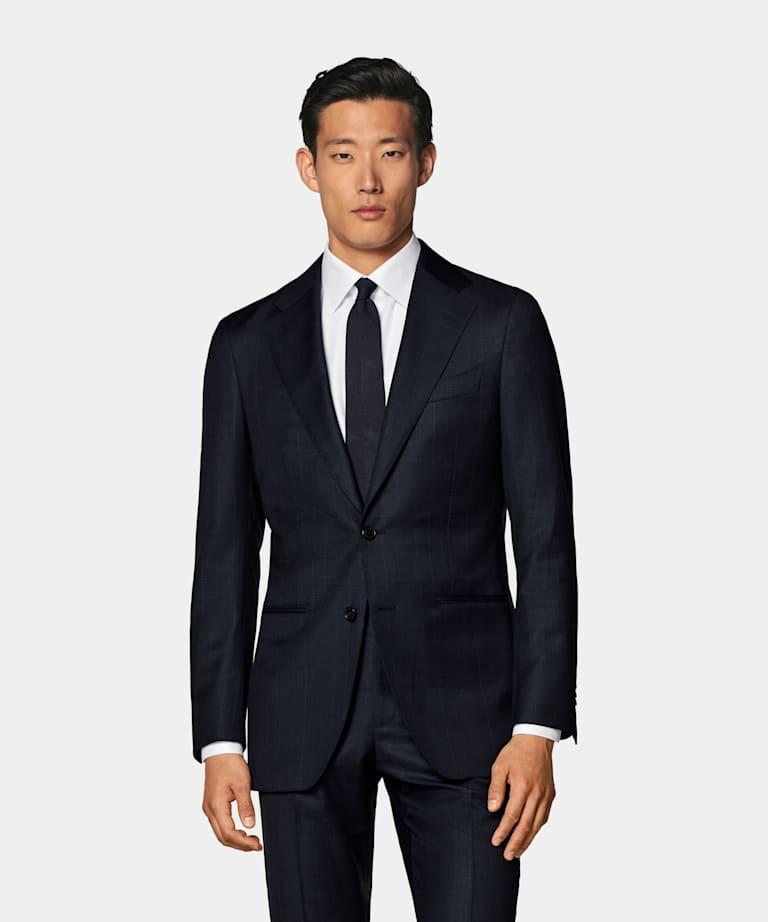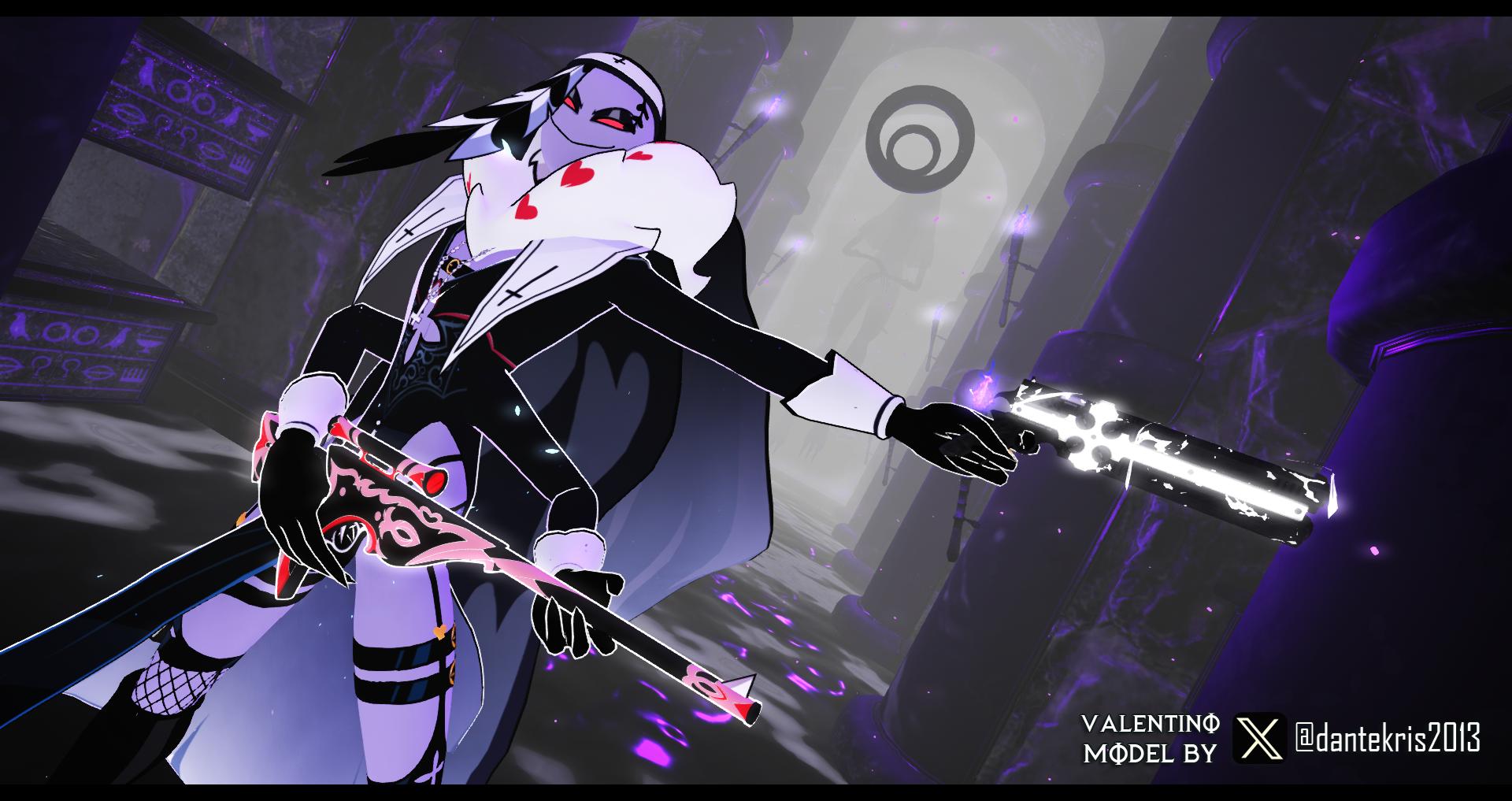In the world of business and formal events, your attire is more than just fabric and thread; it’s a statement of professionalism, attention to detail, and personal style. Mastering the art of matching suits and ties is essential for making a lasting impression, whether you’re closing a deal or attending a gala. This guide will provide you with the tools and techniques needed to confidently pair suits and ties, ensuring you always look polished and put-together. From understanding color theory and fabric textures to recognizing the subtleties of patterns and proportions, we will walk you through the essentials of sartorial synergy. Elevate your wardrobe with these expert tips and become the person whose style speaks volumes before you even say a word.
Understanding Color Theory for Suit and Tie Coordination
To master the art of suit and tie coordination, it’s crucial to delve into the world of color theory. This knowledge not only elevates your style but also ensures you project the right image at business and formal events. Understanding the color wheel can be your first step. It allows you to see which colors naturally complement each other, helping you choose ties that enhance your suit’s hue rather than clash with it.
- Analogous Colors: These are colors that sit next to each other on the color wheel. Pairing an olive green suit with a mustard tie creates a harmonious look that is subtle yet stylish.
- Complementary Colors: Opposites on the color wheel, such as a navy suit with an orange tie, provide a bold contrast that can make a striking impression.
- Monochromatic Schemes: Using varying shades of the same color, like a charcoal suit with a slate tie, gives a clean and sophisticated appearance.
Incorporating these principles ensures your ensemble is not only visually appealing but also communicates confidence and attention to detail. Don’t be afraid to experiment within these guidelines to find combinations that best suit your personality and the occasion.

Mastering Patterns and Textures to Elevate Your Look
When it comes to combining suits and ties, the art of mastering patterns and textures can significantly enhance your appearance for any business or formal event. To ensure a polished look, start by choosing a suit with a subtle pattern or texture, such as a pinstripe or a herringbone weave. These options provide a classic foundation that allows for more creativity with your tie choice. Bold patterns, like paisleys or geometric designs, work well with simpler suits, while more subdued ties complement bolder suit patterns.
- Mixing Textures: Pair a silk tie with a wool suit for a luxurious contrast, or opt for a knit tie to add depth to a sleek, smooth suit.
- Color Coordination: Ensure your tie color complements one of the hues in your suit. For example, a navy suit pairs beautifully with a burgundy or gold tie.
- Balancing Boldness: If your suit is a statement piece, like a checkered or plaid design, choose a solid or lightly patterned tie to maintain balance.
Ultimately, the key is to maintain harmony between the elements of your outfit, allowing each piece to contribute to a cohesive, sophisticated look. With these guidelines, you’ll be able to navigate the complexities of patterns and textures with confidence and flair.

Selecting the Perfect Tie for Different Suit Styles
Choosing the right tie for your suit can elevate your ensemble, making a powerful statement at any business or formal event. When pairing ties with suits, consider the following tips to ensure a harmonious and stylish look:
- Classic Suits: For traditional black, navy, or charcoal suits, opt for ties in bold colors like red or deep burgundy for a striking contrast. Patterns such as stripes or polka dots can add personality without overpowering the classic look.
- Pinstripe Suits: Balance the suit’s pattern with a solid or subtly patterned tie. Keep the tie color within the same palette as the suit to maintain a cohesive appearance.
- Light-Colored Suits: Light gray or beige suits are perfect for spring and summer events. Complement these with pastel or muted ties to keep the ensemble light and airy.
- Patterned Suits: With plaid or checkered suits, choose a solid tie to avoid clashing patterns. Stick to a color that picks up on one of the suit’s hues for a refined finish.
Remember, the fabric of the tie is just as important as its color and pattern. Silk ties offer a classic sheen perfect for formal occasions, while knitted or wool ties can add texture and interest for a more relaxed business setting. Ultimately, the perfect tie should enhance your suit, reflect your personal style, and suit the event’s level of formality.

Tailoring Your Ensemble for Business vs Formal Occasions
In the realm of sartorial elegance, understanding the subtle nuances between business and formal attire is paramount. Business ensembles are designed to convey professionalism and confidence, often through a more restrained palette and structured tailoring. Opt for classic colors like navy, charcoal, or gray, which project authority and are versatile enough for any corporate setting. When choosing a tie, consider subtle patterns such as stripes or small dots that complement the suit without overpowering it.
- Business Suits: Navy, charcoal, gray
- Ties: Subtle patterns, complementary colors
Formal occasions, on the other hand, allow for a touch more flair and sophistication. Here, the black or midnight blue tuxedo reigns supreme, accompanied by a crisp white shirt. The tie choice can be bolder, perhaps a classic black bow tie or a silk tie with a slight sheen to add an element of luxury. Accessories like cufflinks or a pocket square can further elevate the ensemble, adding a personal touch without detracting from the formality.
- Formal Suits: Black, midnight blue tuxedo
- Ties: Black bow tie, silk tie with sheen
- Accessories: Cufflinks, pocket square




